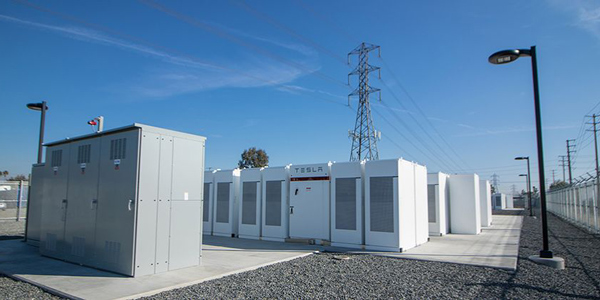By Jason Fordney
CAISO is delving into the next phase of a years-long effort to integrate more storage and demand response (DR) into its markets.
Up next: a new load-shifting product intended to reduce renewable curtailment and overgeneration, among other ideas.
The ISO Board of Governors last year approved Energy Storage and Distributed Energy Resources Phase 2 (ESDER 2), which will provide distributed energy resources and a storage foothold in the ISO’s markets. (See New CAISO Rules Spell Increased DER Role.)
CAISO and its market participants now will confront new complexities during the scoping phase of ESDER 3. Storage companies are heavily involved in developing a load-shifting product to allow behind-the-meter (BTM) resources to participate in DR, but CAISO also will evaluate resources other than storage. The ISO is focused on BTM storage where charge and discharge can be metered and monitored directly.
The industry’s goal is to have a product launched by spring 2019, Ted Ko, of storage company Stem, said at a Jan. 16 ESDER workshop. The intent is to have the “minimum necessary design” to allow storage and other resources to participate in load shifting — the practice of charging batteries during periods of low demand and negative prices and discharging during ramps. During previous meetings and workshops, stakeholders developed a definition of a “shift resource” that can demonstrate its ability to shift loads. Stakeholders also are exploring issues around registration, metering, bidding, and settlement.
“This is 1.0,” Ko said of the load-shifting product. “We are not trying to design the full product.” He also said the ISO should not intend to solve all the problems in the first round.
“Let’s try really, really hard to not make the perfect be the enemy of the good,” he said
Storage companies have increased their pressure on CAISO to develop the load-shifting product, which was deferred from ESDER 2. (See Storage Advocates Urge CAISO on DR Product and CAISO Load-Shifting Product to Target Energy Storage.)
Aside from the load-shifting product under the ESDER 3 demand response track, CAISO is also addressing DR modeling limitations, dealing with weather-sensitive demand response resources and recognizing load curtailment provided from BTM vehicle charging equipment.
ESDER 3 will also examine “multiple-use applications” that allow DR and DER to “stack” services across different wholesale and retail market segments, increasing their potential for compensation. CAISO wants to use that track of the initiative to enable 24×7 participation for distributed energy resources and create a wholesale market participation model for microgrids.
CEC Announces Microgrid Grants
DER last week got another boost when the California Energy Commission issued a notice of proposed award of $22 million in grants to deploy microgrids, the first batch in its latest $44-million competitive microgrid solicitation. (See California Awarding $45 Million for Microgrids.)
The proposed recipients include Native American tribes, Lawrence Berkeley National Laboratory, University of California, San Diego Unified Port District, Electric Power Research Institute, and others. The funding is contingent upon approval by the full commission.




